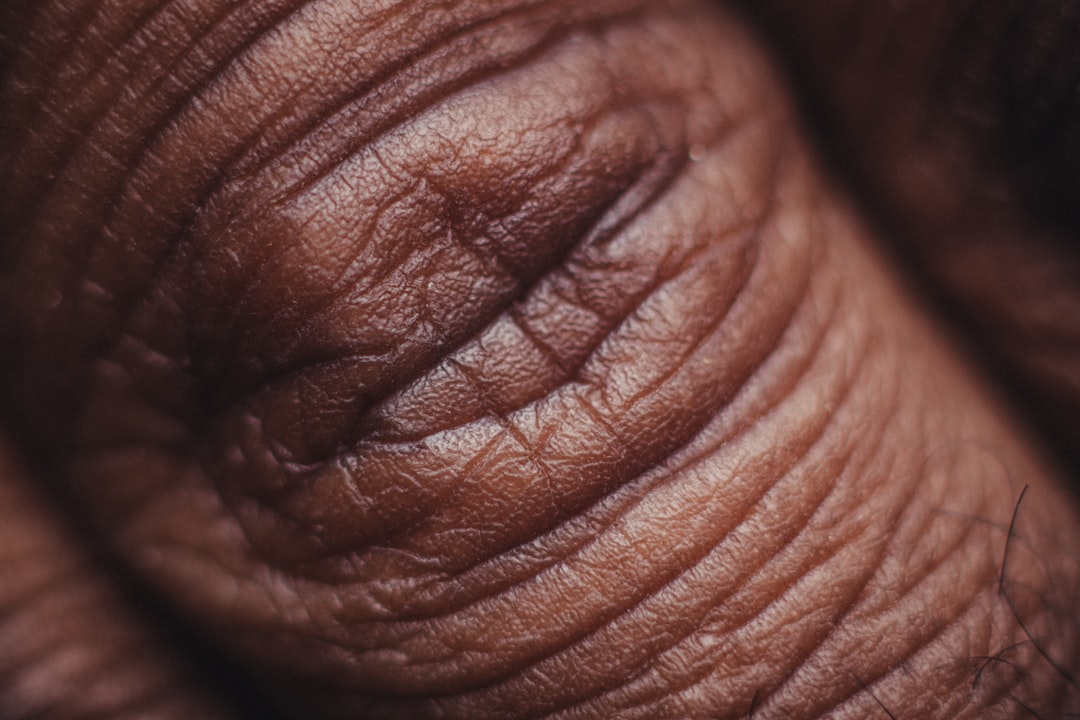 Photo from Unsplash
Photo from Unsplash
Originally Posted On: https://pensarmedical.com/snpwt-to-enhance-skin-graft-success/
Customizable sNPWT Pressure Settings to Enhance Skin Graft Success
Introduction
Thanks to recent advances in medical technology, the success of skin grafts in complex wound care has been significantly enhanced. Negative Pressure Wound Therapy (NPWT), and in particular, Single-Use Negative Pressure Wound Therapy (sNPWT), has emerged as the gold standard, crucial for promoting epithelization—the growth of new skin necessary for healing. Even with these advancements, clinicians actively work to prevent graft disruptions by customizing treatment regimens based on the unique needs of each wound.
Infection Risks and sNPWT’s Role in Mitigation
Infections pose a substantial risk in wound care, potentially leading to graft failure, extended treatments, or even further surgical interventions if not managed properly. sNPWT addresses this by removing potentially infectious exudates through negative pressure, thus allowing wounds—with or without grafts—to heal more effectively.
The Potential of Customized Treatment with the MicroDoc sNPWT Device
Considering the various treatment options, one may wonder whether a customized approach using tailored pressure settings could improve the odds of complete wound healing and successful graft acceptance. Devices like Pensar Medical’s MicroDoc Single-Use Negative Pressure Wound (sNPWT) Therapy System offer customizable settings, which could be particularly beneficial. Lower pressure settings, such as -50 mmHg or -80 mmHg, might protect the graft site from trauma, fostering increased contact with the wound bed and improved perfusion while potentially reducing pain associated with treatment.
Balancing Pressure Settings for Optimal Outcomes
Higher negative pressures, like -125 mmHg, are necessary for wounds with significant exudates. Research supports the use of low-pressure sNPWT systems in enhancing the uptake of split-thickness skin grafts, suggesting that lower settings can minimize risks such as graft lifting, thus promoting better adherence.
Challenges of Higher Pressure in Traditional NPWT
Traditional NPWT treatments that employ higher pressures can lead to complications like shearing, trauma to wound sites, reduced blood flow, oxygen deprivation, and even graft displacement or detachment. These issues not only starve the skin graft of necessary nutrients but also increase the likelihood of graft failure due to impaired vascularization, potentially requiring further surgical interventions and escalating the risk of infection. Evidence from recent studies indicates that optimal blood flow effects are observed at pressures below -125 mmHg, highlighting the benefits of low-pressure sNPWT in successful graft uptake.
Tailored sNPWT Settings for Individual Needs
Each patient presents a unique case, requiring that healthcare providers carefully manage sNPWT pressure settings to meet specific medical needs. Equipping professionals with innovative devices like the MicroDoc sNPWT, which allow for the customization of treatment for each wound, can enhance the therapeutic effects and prevention of complications associated with Traditional NPWT.
References:
- Ahearn C. Intermittent negative pressure wound therapy and lower negative pressures – exploring the disparity between science and current practice: a review of the literature. Ostomy Wound Manage 2009; 55(6):22-8.
- Weed T, Ratliff C, Drake DB. Quantifying bacterial bioburden during negative pressure wound therapy: does the wound VAC enhance bacterial clearance? Ann Plast Surg 2004; 52(3):276-9; discussion 279-80
- Leong S, Lo ZJ. Use of disposable negative pressure wound therapy on split-thickness skin graft recipient sites for peripheral arterial disease foot wounds: A case report. Int Wound J. 2020 Jun;17(3):716-721. doi: 10.1111/iwj.13291. Epub 2020 Feb 19. PMID: 32073214; PMCID: PMC7948639.
- Long MA, Blevins A. Options in negative pressure wound therapy: five case studies. J Wound Ostomy Continence Nurs 2009; 36(2):202-11.
- Borgquist, Ola M.D.; Ingemansson, Richard M.D., Ph.D.; Malmsjö, Malin M.D., Ph.D.. The Influence of Low and High Pressure Levels during Negative-Pressure Wound Therapy on Wound Contraction and Fluid Evacuation. Plastic and Reconstructive Surgery 127(2):p 551-559, February 2011. | DOI: 10.1097/PRS.0b013e3181fed52a













